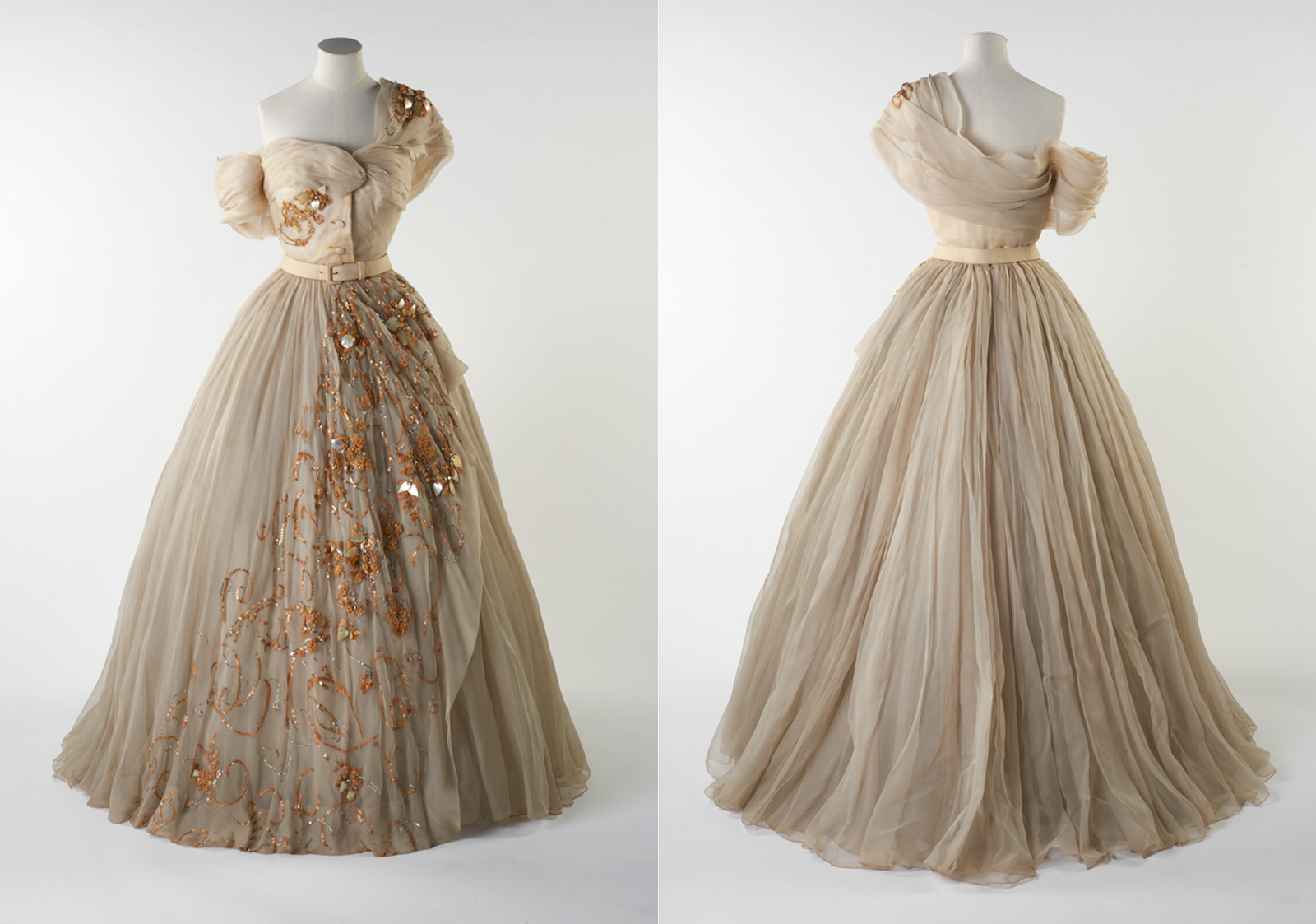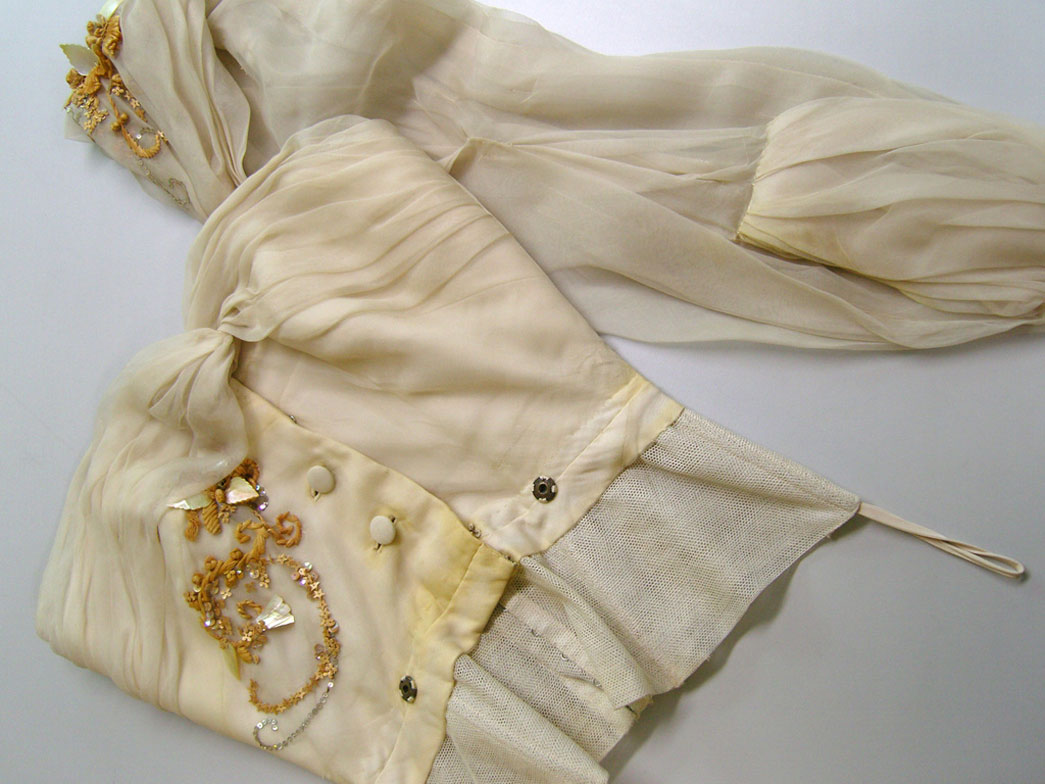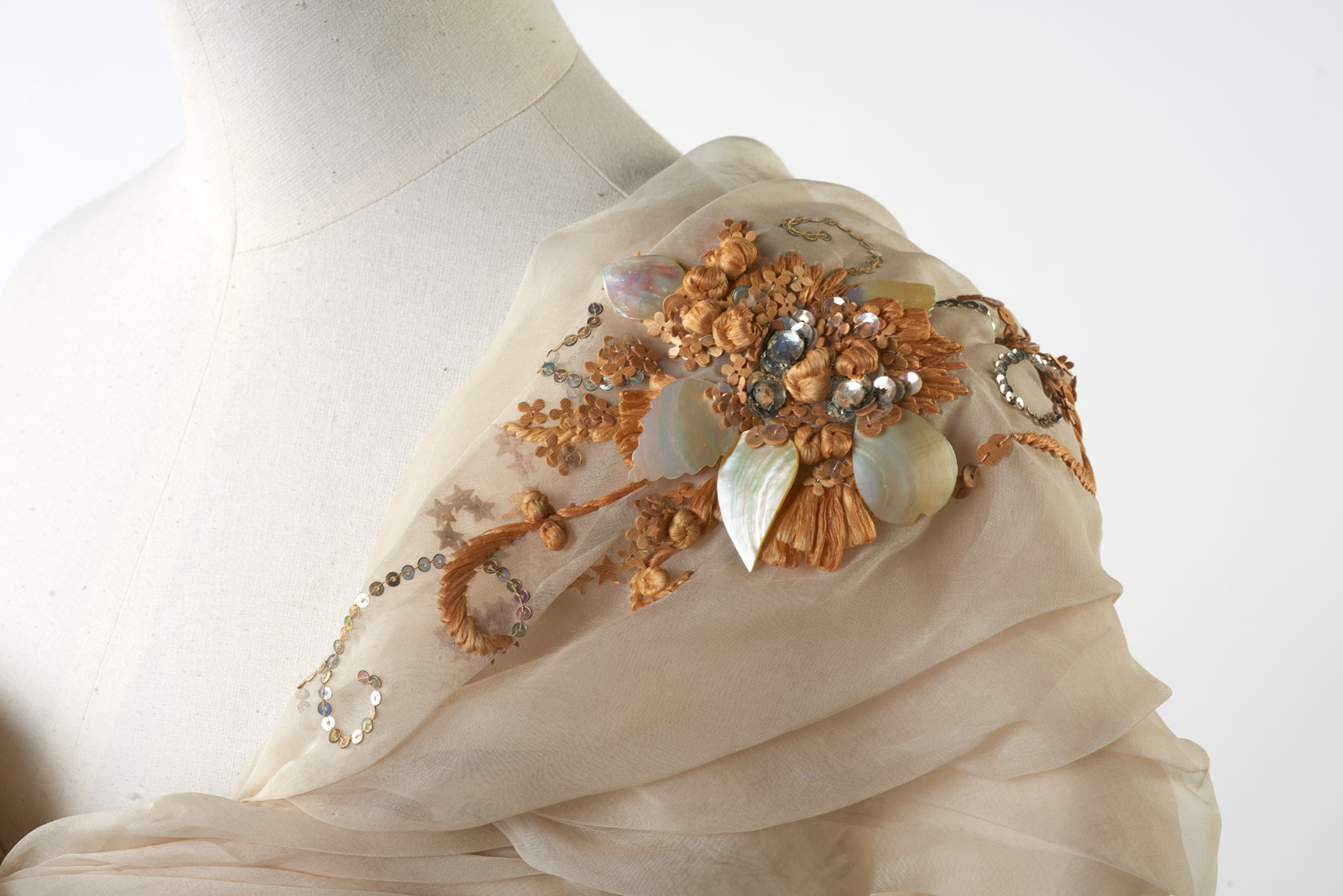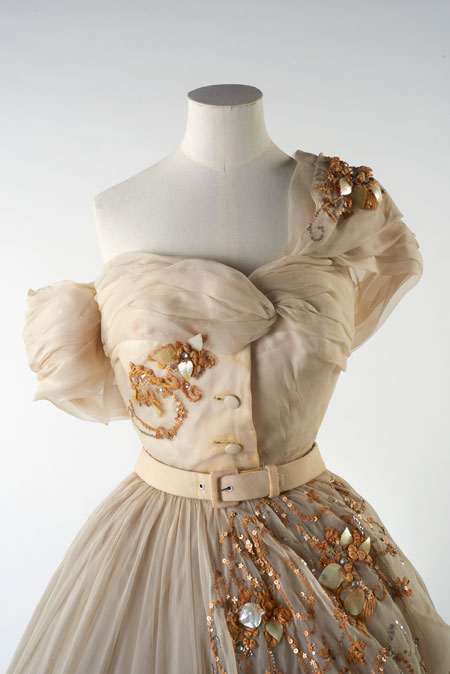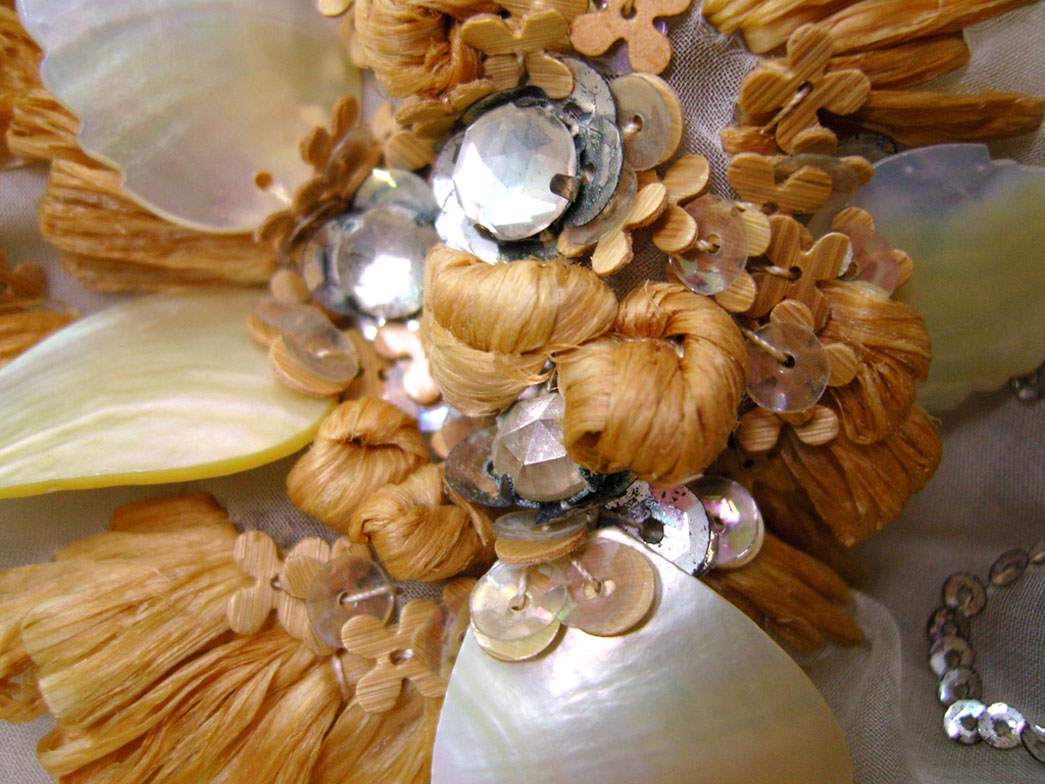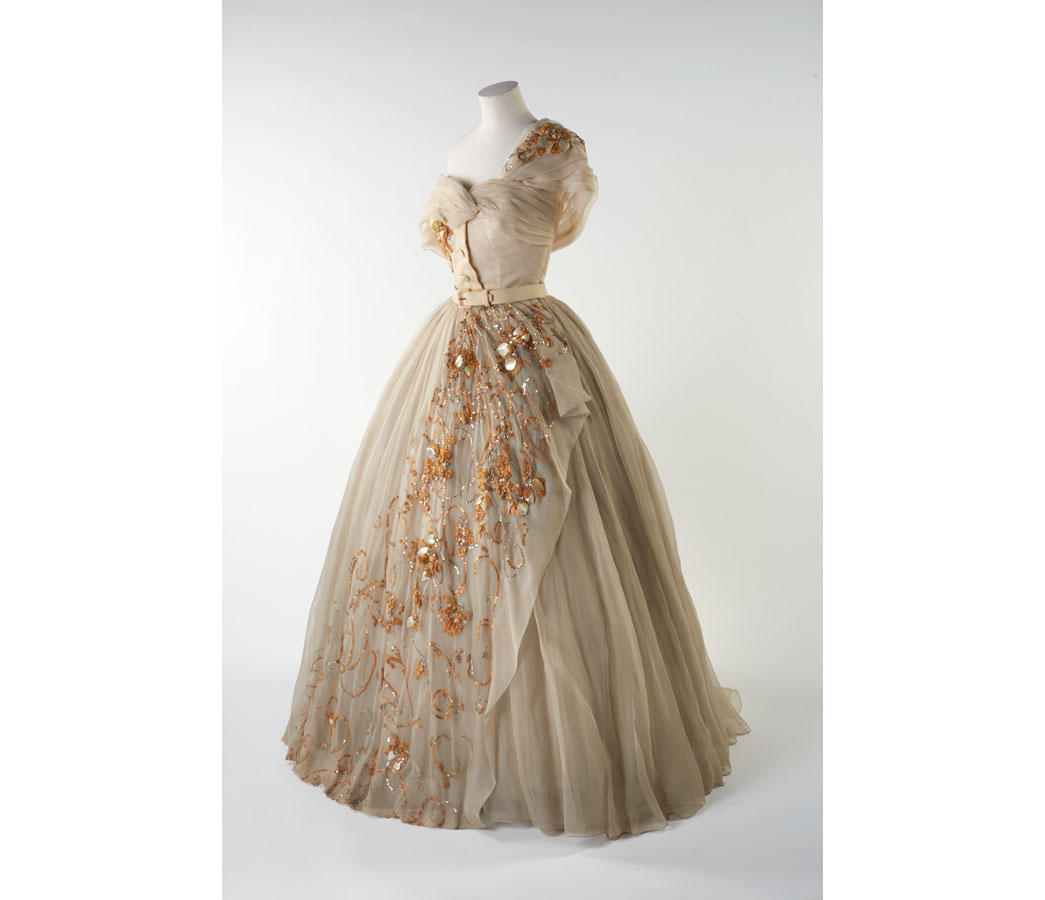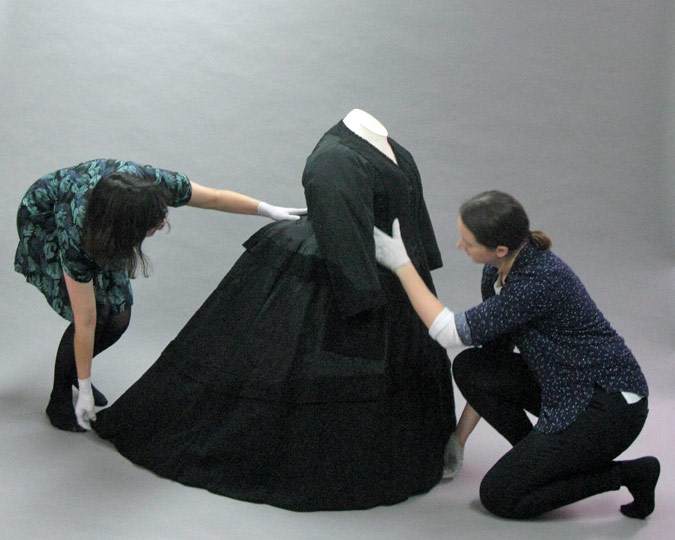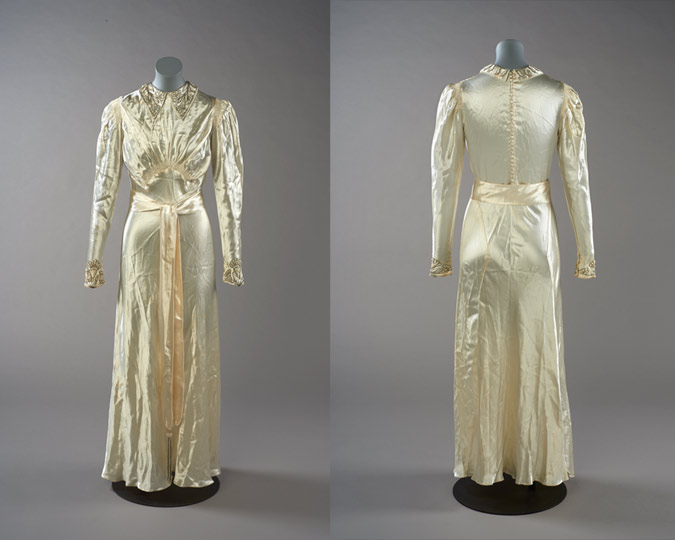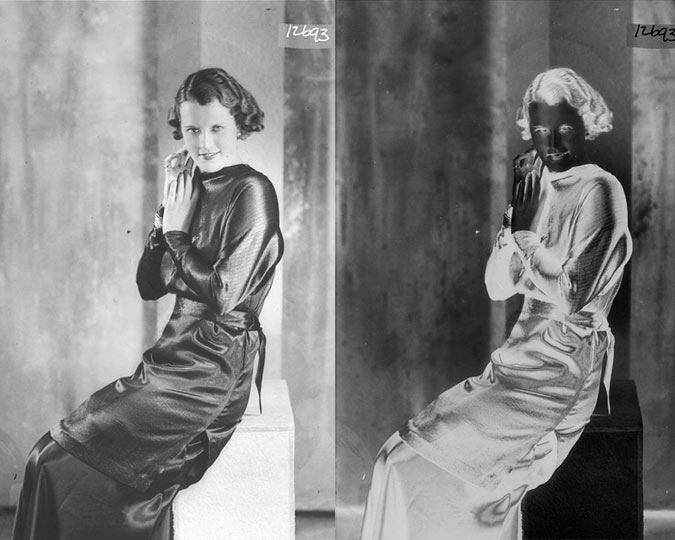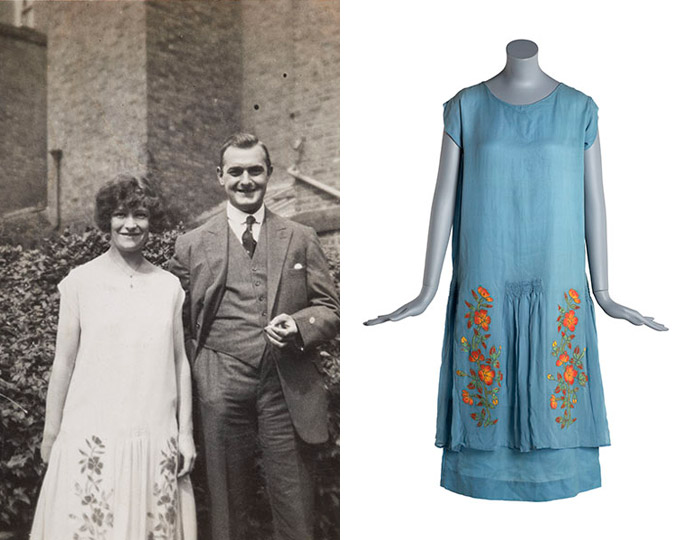Created by one of the greatest fashion designers of the 20th century and worn by royalty, this extraordinary ballgown now graces the Museum of London's collections. Senior curator Beatrice Behlen writes about how Christian Dior made Princess Margaret into a fashion icon.
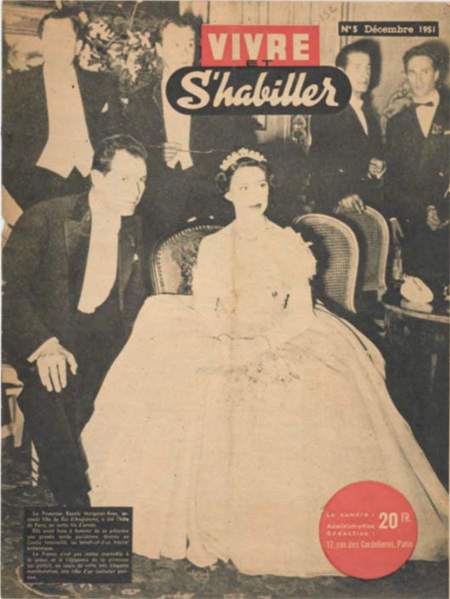
The Princess in her Dior ball gown at the Hertford Hospital Charity Ball in Paris, 22 November 1951.
Cover of Vivre et S’habiller, 5 December 1951
On 21 November 1951, at a quarter to eleven in the evening, Princess Margaret ascended the grand staircase of the Hôtel Perrinet de Jars, an 18th century townhouse in the centre of Paris, accompanied by an orchestral rendering of God Save the King. The daughter of King George VI, and sister of the future Queen Elizabeth II, was just 21 years old.
The Princess was the guest of honour at a charity ball organised by the Cercle de L’Union Interallié, the club owning the magnificent premises, in aid of the Paris-based Hertford British Hospital. According to André Lacaze’s article in Paris Match, published on 2 December 1951, the 1,500 invited guests included ‘tous les Anglais de Paris’ and the grandest names of the French aristocracy.
The Princess would have been aware that she was going to be the centre of attention and that her appearance would come under scrutiny. Luckily, she already owned the perfect dress for the occasion. The ‘little white Princess with her diadem and doe-eyes’, as Paris Match described Her Royal Highness, wore a beautiful ball gown made by Dior. Its sweeping lines recall the dress worn by the hero of Disney's Cinderella, released in 1950.
The dress was not brand new. Two months earlier, the Princess had celebrated her 21st birthday at Sandringham Castle, in the same dress. In July 1951, the Princess had put on her Dior to pose for Cecil Beaton for her official birthday photographs in front of the opulent background of Buckingham Palace.
The Cinderella gown was not the first Margaret had ordered from Dior. In April 1949, aged 18, the Princess had set out for her first continental holiday, visiting Italy and Switzerland before arriving in Paris in May. In between seeing the sights of the French capital, the Princess found time to visit several couturiers including Jean Dessès, Jacques Fath, Molyneux and Dior.
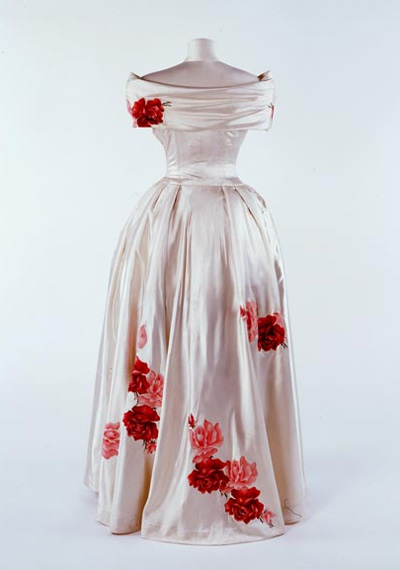
'New Look' satin evening dress, 1948
Designed by Norman Hartnell, an interpretation of Dior's 'New Look'.
Christian Dior had set up his eponymous couture house at the end of 1946 and presented his first show on 12 February 1947. This defilée, and his second show in August, reflected a trend in women’s clothes which had also become apparent in the work of other designers: away from the more box-like, straight lines of the war period to a curvier and more fluid silhouette.
However, in Dior’s hands this evolution was both crystallised and amplified. When Dior first presented what came to be called his New Look, Princess Margaret and her sister Princess Elizabeth were en route to South Africa. Soon after their return, Princess Margaret altered her garments or ordered new ones in line with the new stilhouette with its nipped-in waist and long, ample skirts.
Her first Dior order has not survived but the Princess later nominated it as her ‘favourite dress of all’. The tulle gown with large satin bow at the back was strapless, a feature (or non-feature) that was apparently not deemed suitable for a nineteen-year old. This did not stop Margaret from ordering more French couture. Her relationship with Paris designers, and Dior in particular, contributed to Princess Margaret's emergence as a fashion icon towards the end of the 1940s.
In 1951, the Princess ordered her 21st birthday gown from Dior's ‘Oblique’ line presented in spring that year. The boned bodice is made of silk organza over satin, originally white, but like many gauze-like or net fabrics, it has darkened over time. The shoulder strap arrangement is a compromise: there is only one, which turns into a sash ending in a loop to be worn on the upper right arm, almost as if it had dropped.
The voluminous skirt is composed of seven layers, ingeniously gathered into a 55 cm (22½ inch) waist: an inner tube of silk, three layers of stiffened net and two outer layers of organza with an additional, asymmetric front panel, which like, the bodice, is beautifully embroidered. Christian Dior enquired whether Her Royal Highness felt more like a gold or silver person. She chose gold, which is reflected in the gown’s embroidery in an unexpected way. The main materials used are distinctly dull raffia and sequins made of wood pulp covered in straw. These are, however, supplemented with shiny mother-of-pearl shapes as well as sparkling metal sequins and rhinestones.
For Cecil Beaton's photographs, Princess Margaret’s only piece of jewellery had been a five-stranded pearl necklace. For Paris, she borrowed her a platinum and diamond tiara made by Cartier, another French house, from her sister Elizabeth, who had received it as an 18th birthday present from their royal parents. Margaret also wore a diamond necklace and a bracelet on each wrist over her long white gloves. Pinned just below the shoulder strap were two of the Princess’ Royal Family Orders. Princess Margaret might have stepped right out of a fairy tale. Like Cinderella, she danced the night away, opening the ball to Cole Porter’s Night and Day and, it was reported, later putting in a special request to the Aime Barelli Orchestra for La vie en rose.
The Princess kept her ballgown for seventeen years, before donating it to the London Museum in 1968, together with the Norman Hartnell dress she wore to Queen Elizabeth’s coronation in 1953. At that point the museum was based at Kensington Palace, which had become the home of Princess Margaret after her wedding in 1960.
Princess Margaret’s association with the house of Dior did not end in 1951, she remained a Dior client almost to the end of her life, moving from couture to ready-to-wear. Christian Dior and his royal client probably last met in person at a charity fashion at Blenheim Palace in 1954, three years before the couturier's untimely death.
While it remains in the Museum of London's costume collection, the dress was loaned to Victoria and Albert Museum for their 2019 exhibition, Christian Dior: Designer of Dreams.
Love fashion? Subscribe to our fashion newsletter to read more stories from our collections, and see upcoming events and exhibitions.








